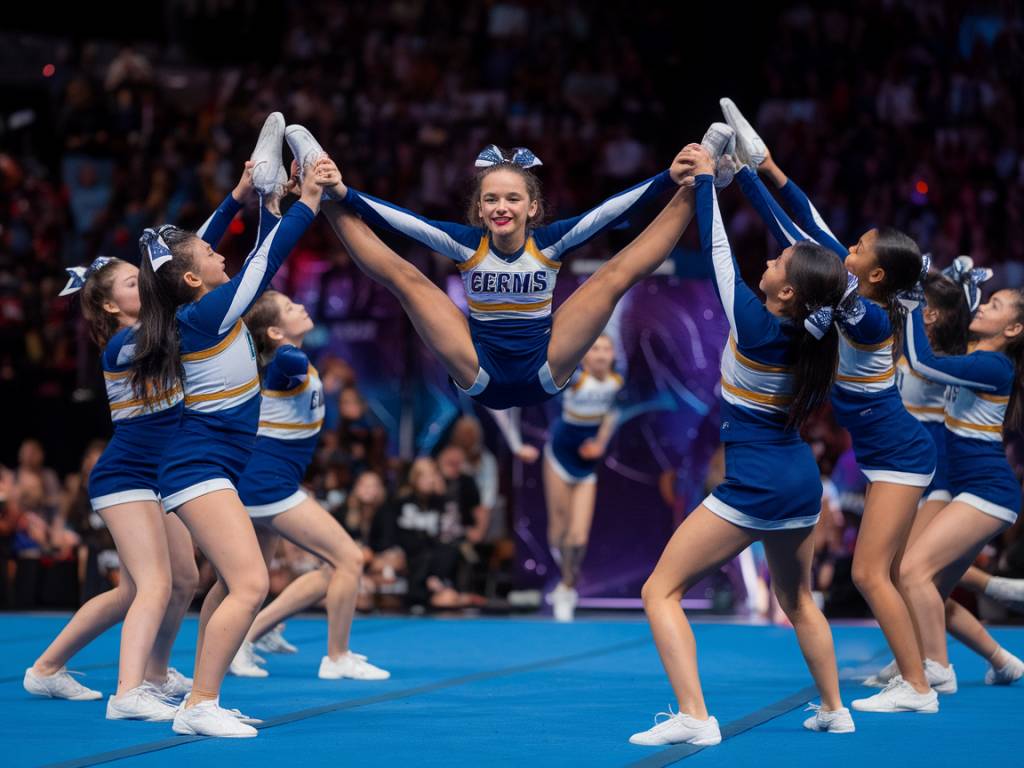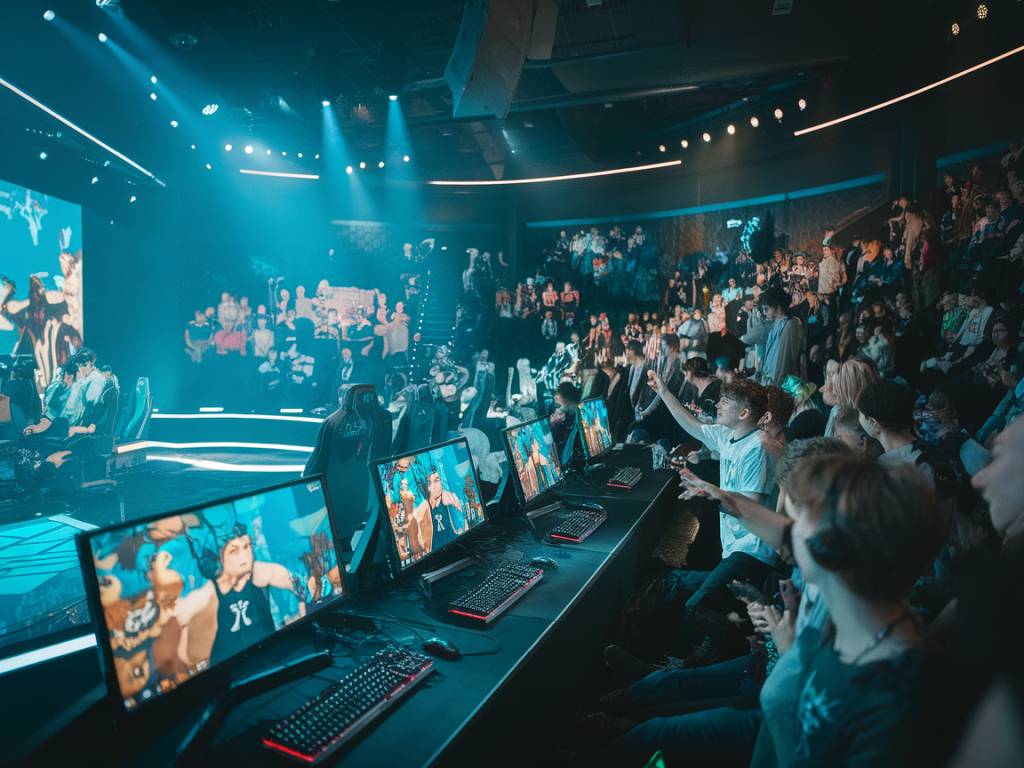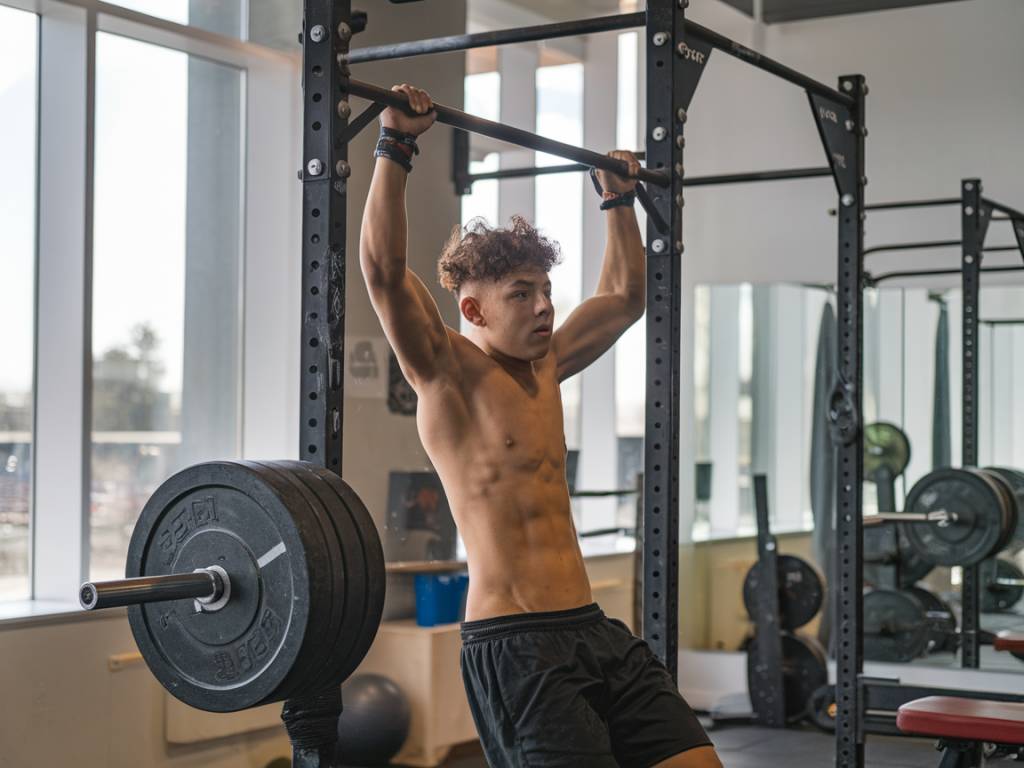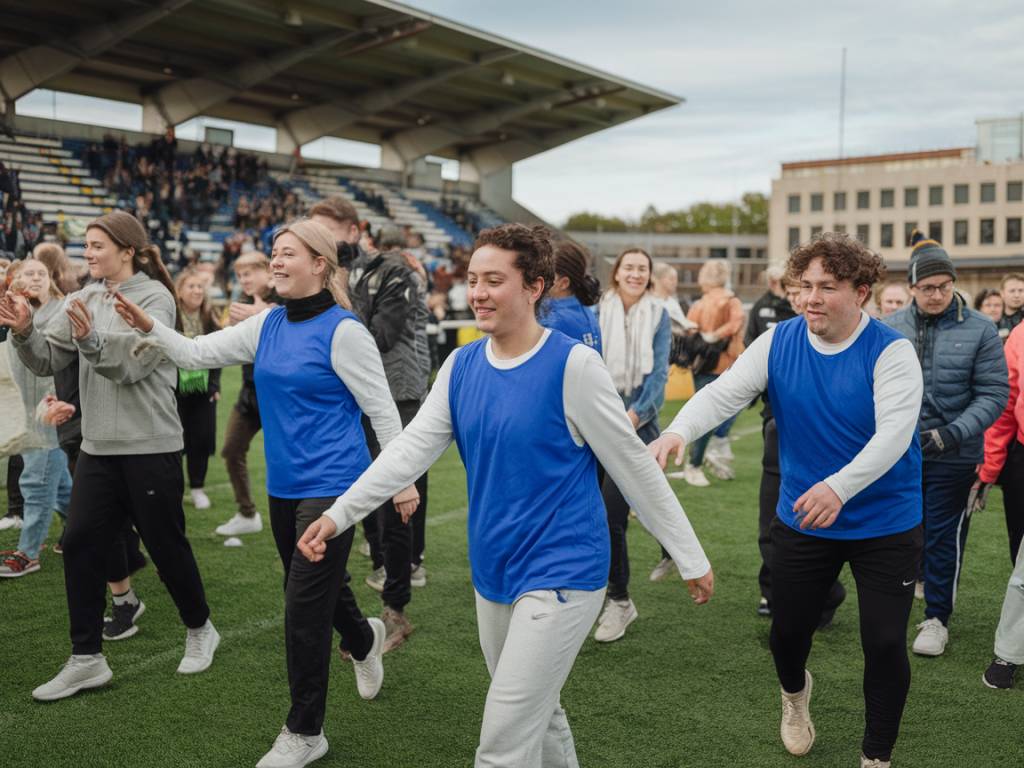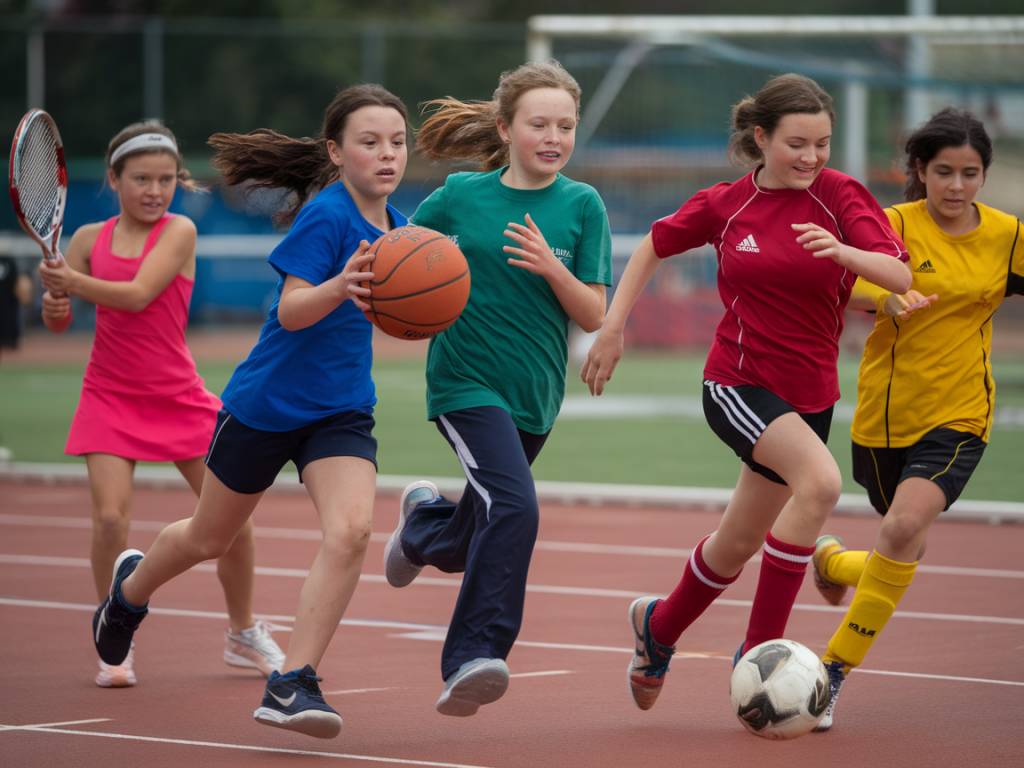What Makes Competitive Cheerleading a True Sport?
Close your eyes and picture competitive cheerleading. Is your mind filled with pom-poms and synchronized chants on the sidelines? If so, we need to talk. Competitive cheerleading isn’t just a halftime show—it’s a full-blown, high-powered, sweat-inducing sport. And before you roll your eyes, let’s break it down. What does it take to call something a sport? Skill, athleticism, training, competition, and teamwork—all of which are ingrained in competitive cheerleading. Sounds like a sport already, doesn’t it?
The Level of Athleticism Is Off the Charts
Imagine training six days a week, pushing your body to its limits to nail a perfect tumbling sequence or a gravity-defying stunt. Competitive cheerleaders don’t just show up and shake pom-poms—they’re lifting, flipping, and performing with strength and precision most of us can only dream of.
Take stunting, for example. Flyers (the athletes tossed in the air) rely on incredible balance and core strength, while bases and spotters must have the raw power to throw and catch their teammates with pinpoint timing. And don’t even get me started on tumbling—those flips, twists, and layouts require a level of gymnastic skill that rivals professional athletes. Competitive cheerleaders are walking, talking, flipping proof that athleticism comes in many forms.
It’s a Team Sport, No Question About It
Thrown 15 feet in the air? No problem—your teammates have your back, literally. Unlike individual sports, competitive cheerleading thrives on teamwork. If one athlete falters during a routine, the entire performance can unravel in seconds. The throw, catch, and synchronization of every cartwheel, stunt, and pyramid are only possible when everyone works as one.
And the camaraderie? It’s unmatched. These athletes spend countless hours together perfecting routines, supporting each other, and building an unbreakable bond. The trust between team members might be one of the strongest arguments for cheerleading’s place in the sporting world.
Training Like Pros: The Hidden Grit of Cheerleading
Think cheerleading is just glitter and smiles? Try following a competitive cheerleader around for a week. Practice sessions are brutal, often stretching three or more hours, with athletes running through full routines repeatedly until every move clicks.
On top of that, they spend additional time fine-tuning specific skills, whether it’s hitting higher jumps, mastering complex stunts, or perfecting tumbling techniques. Add strength training and conditioning into the mix, and you’ve got athletes who train with the same intensity as boxers, swimmers, or basketball players. Cheerleaders even end up nursing bruises, injuries, and blisters—but you won’t hear them complain. They push through it with grit and determination.
Competition Brings the Heat
Competitive cheerleading doesn’t stick to the sidelines; it takes center stage in high-stakes competitions. Picture the intensity of championship events like NCA Nationals or The Cheerleading Worlds, where elite teams from around the globe go head-to-head in two-minute, heart-pounding routines.
Those routines are more than just performances—they’re athletic showcases. Teams are evaluated with razor-sharp scrutiny based on tumbling difficulty, synchronization, stunt variety, and overall execution. Everything comes down to those two minutes on the mat, and a single misstep can mean the difference between victory and defeat. Sound familiar, football fans?
But It’s Not Taken Seriously—Why?
Here’s the question we’re all wondering: why does competitive cheerleading still have to fight for recognition as a real sport? One of the biggest roadblocks is the “sideline cheer” stereotype—a far cry from the physical demands and competitive nature of the sport we’re defending here. Let’s be real: sideline cheerleading is a whole different ball game than the acrobatics and athleticism seen in competitive cheerleading.
Another challenge? Gender bias. Since cheerleading is predominantly female, it’s often dismissed or trivialized as non-athletic. But think of gymnastics, ice skating, or volleyball—also women-dominated sports that command respect. Isn’t it time competitive cheerleading gets the same treatment?
Why Recognizing Cheerleading Matters
So why does it matter whether society acknowledges cheerleading as a sport? Because recognition translates to resources—think better funding, access to facilities, and safer training environments. Athletes shouldn’t have to break their backs (sometimes literally!) without the support other sports receive.
Beyond that, it’s about respect. These athletes invest their time, effort, and passion into a craft that demands intense physical and mental strength. By granting competitive cheerleading its rightful place in the sports world, we validate their hard work, their sacrifices, and their immeasurable skill.
Ready to Change Your Mind?
If you’re still not convinced, think about this: if flipping, tumbling, lifting, throwing, catching, dancing, and competing at the highest level doesn’t make something a sport, what does? Competitive cheerleading deserves the same spotlight we give to football, soccer, or gymnastics. It’s time to ditch the tired stereotypes and give these athletes the recognition they’ve earned. Maybe the next time you see a team in action, you’ll see them for what they really are—true athletes.

